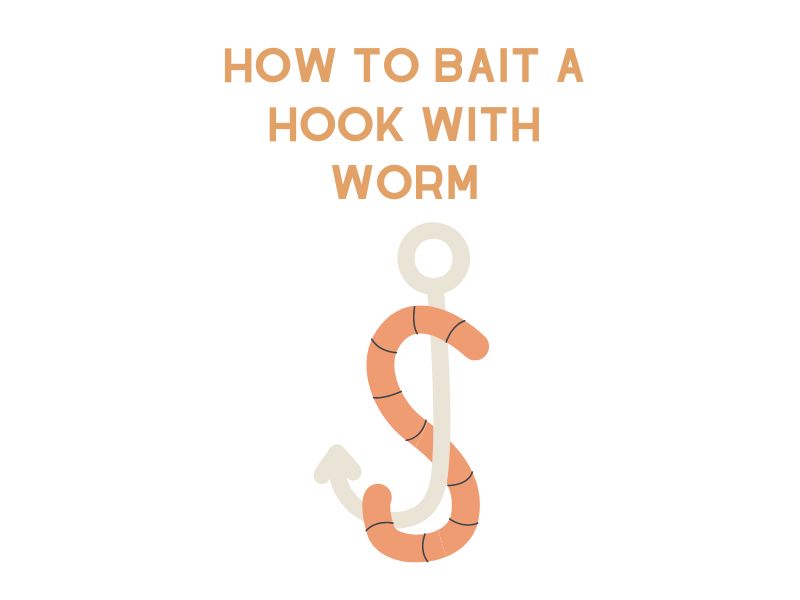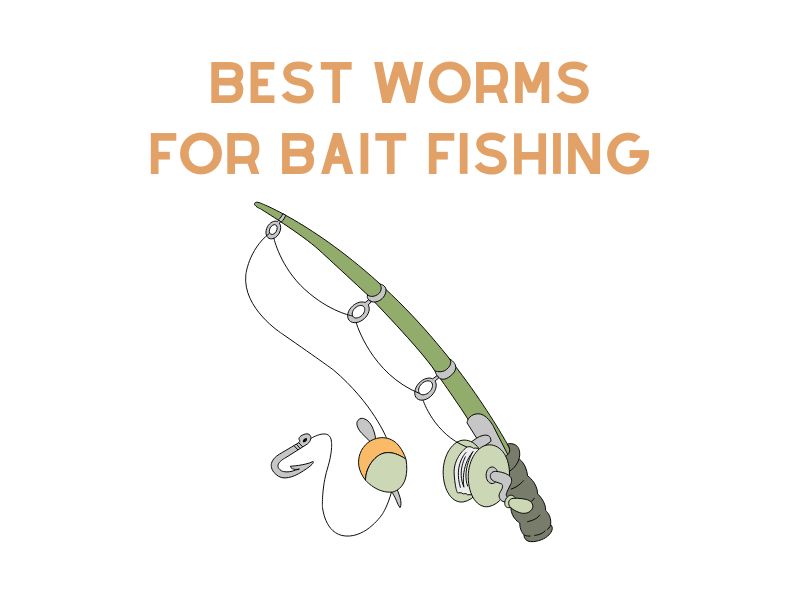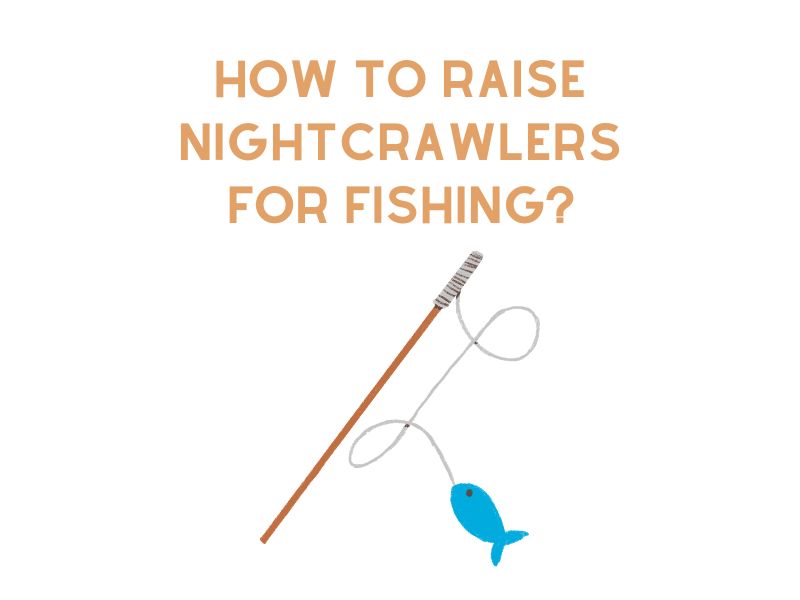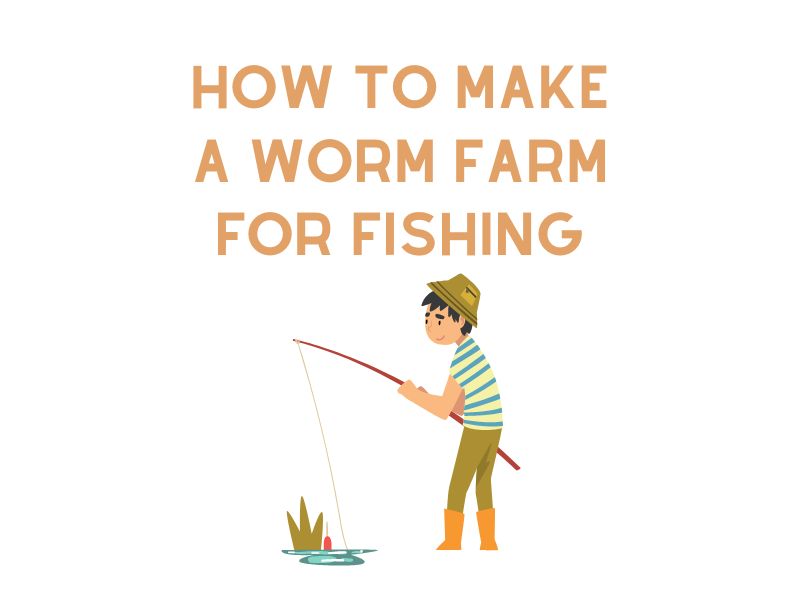Anyone who has tried fishing would know how frustrating it can be. One of the most annoying parts would be trying hard to attract a fresh catch and ending up with nothing. There are many reasons for this, such as the wrong location and timing. More so, it can also be because you are using the wrong bait.
Speaking of baits, live worms are amongst the best. The best thing about worms is that they are cheap, making them great bait. You can even grow a worm farm at home and harvest your own bait! This is especially good if you are into composting as a way of going green. They wiggle in the water to attract fish. However, using worms will not guarantee a catch. To increase the chances that fish will bite the worm, pay attention to proper set-up. If you are clueless about how to do this, keep on reading and learn from the insights we’ll be sharing.
Choosing the Right Worm
Before anything else, take note that not all worms are the same. There are plenty of choices, but this does not mean that they are all promising. One of the most important is to consider the type of fishing or the environment. For instance, in freshwater fishing, manure worms and earthworms are some of the best options. If you are in salt water, on the other hand, sandworms and bloodworms are great.
The size of the worm is another important consideration. This depends on the size of the fish you want to catch. Larger fish will require larger worms. For smaller fish, meanwhile, consider long worms that you can cut in sections. This will help make the most out of your bait. Cut the worms based on the size of the hook. Meaning, if the hook is big, then the worm should not be too short.
Do not worry about cutting the worm into different sections. The tail may eventually die, but it will take quite a while. The best practice is to not cut unless you are ready to hook. This way, you can better guarantee the freshness of the worm.
A Step-by-Step Guide for Hooking a Worm
If you are new to fishing, the thought of hooking a worm may seem intimidating. When it is still moving, you might be creeped out by the thought of putting it in a hook. It will wiggle, but you should not panic. Otherwise, the worm might end up slipping from your hand.
Hooking a Worm Through Standard Baiting
This is the kind of baiting that most people are used to and also the easiest to do. Here’s a quick step-by-step guide on how you can do this.
- Start by holding the hook and the worm. Hold the hook using your non-dominant hand. Your dominant hand, meanwhile, should be holding the worm.
- Make sure that your hand is positioned near the top part of the worm, at least half a centimeter from the end of its body. If you grab the worm too near the head, then it might end up wiggling too much and you will lose grip of its body. If it is too low on the body, on the other hand, you will find it difficult to hook. When holding the worm, avoid applying excessive force.
- Insert the worm on the hook. Do not feel guilty about doing so! According to science, worms do not feel pain, so you don’t have to worry about whatever it is that you are inflicting upon them!
- Once the worm is hooked, make sure to push it a bit backward to the hook. If you want to ensure that the worm is secure in its position, then do something called a half hitch. All you have to do is loop the fishing line around the bait and tighten the worm.
- Next, grab the long end of the worm and push it again through the hook. At this point, the worm should have already been speared three times. It might seem morbid, but this is the ideal set-up to ensure that the worm stays in its position. Otherwise, it can easily slip off the hook even before you have a catch.
Hooking the Worm through Sock Baiting
As an alternative to hooking as mentioned above, you can also try sock baiting. Read on and we’ll talk about how you can do so.
- Use your non-dominant hand to hold the hook and grab the worm using your dominant hand.
- Hold the worm near its head and pierce it through the hook. The main difference from standard baiting is that you won’t be pushing the worm. This means that the hook should not go through the other side of the worm’s body.
- Slowly push the worm through the hook lengthwise. This means that the hook should be inside the body of the worm. Think of the action similar to wearing a sock, except that you are doing it in a hook and not in your foot. This is a delicate step. In a lot of cases, people end up tearing the body of the worm. Take note that this works best only when you have a fat and long worm, which should penetrate the hook.
- Stop pushing the worm when the head is already at the top of the hook. The end part of the worm should be sticking outside. Once the worm is ready, cast, and hope for the best outcome!
FAQ – Fishing Hooks
How do I properly bait a fishing hook?
To properly bait a fishing hook, start by selecting the appropriate bait for your target fish species. The most common method is to use a live worm as bait. Make sure it’s okay to use bait in your fishing area. Then, take a fishing hook of the desired size and slide the worm onto the hook, ensuring it stays on the hook and doesn’t slide off easily. You can either push the hook through the worm and leave a portion of the worm dangling or wrap the worm around the hook to cover it entirely. Both methods work great, so it’s a matter of personal preference and fishing conditions.
What is the best way to hook a worm for fishing?
The best way to hook a worm for fishing depends on the fishing techniques you’re using. If you’re using a Texas rig or a similar technique, it’s recommended to thread the worm onto the hook, starting from the end of the worm. This ensures that the entire length of the worm is available for fish to bite. However, if you’re using a standard worm hook, you can either hook the worm through its body, leaving a portion dangling, or hook it through the end so that it wraps around the hook. Both methods can be effective, so experiment and see which one works best for you.
What is the point of the fishing hook?
The point of the fishing hook is the sharp end that pierces the fish’s mouth when it bites the bait. The hook point is designed to penetrate the fish’s flesh and secure a solid hookset. It’s important to ensure that the hook point is sharp to increase your chances of successfully hooking and landing fish. If you notice the hook point has become dull or damaged, it’s recommended to sharpen or replace the hook to maintain its effectiveness.
Can I use other types of fishing hooks besides worms?
Yes, you can use a variety of fishing hooks depending on the bait or fishing technique you’re using. For example, you can use circle hooks for live bait fishing, octopus hooks for natural bait presentations, or even specialized hooks for certain types of fish species. The choice of hook will vary depending on the fishing conditions and the specific fish species you’re targeting. It’s always a good idea to consult with local fishing regulations and experienced anglers to determine the best hook for your fishing needs.
How do I ensure the bait stays on the hook?
To ensure the bait stays on the fishing hook, there are a few tricks you can try. First, make sure you’re using an appropriately sized hook for the bait you’re using. If the hook is too large, the bait may easily slip off. Second, consider using bait bands or elastic thread to secure the bait to the hook. This can help prevent it from coming loose while casting or reeling in. Additionally, you can try threading the bait onto the hook multiple times or using a bait needle to secure it more effectively. Finally, be sure to handle the bait gently when casting and reeling to prevent it from being torn or knocked off.
Conclusion
When it comes to baiting a hook with a worm, the process is an art that every avid angler should master. Utilizing a worm on a hook is one of the most effective ways to catch fish. The importance of choosing the right fishing hook cannot be stressed enough; baitholder hooks with long shanks work great for fishing, especially when using real worms. The shanks work wonderfully for worms with thick bodies, allowing you to slide or push it up the hook, ensuring the worm stays in place. If you grew up fishing, you might be familiar with using a bobber to keep track of the bait hook. A properly baited hook means the point of the hook remains exposed while the worm wraps securely around the end of the hook. Some anglers even cut the worm in half or leave a bit of the worm free to make it more appealing for bass fishing or larger catfish.
Always be sure to look at the fishing regulations to make sure you’re compliant with the game and fish rules for the specific water you plan to fish before selecting your fishing bait. This ensures that when you use bait in the water, you’re not only increasing your chances to catch more fish but also doing it ethically and responsibly. Whether you’re targeting the elusive bass or just enjoying a day out at the lake, understanding the ways to bait a worm and choosing the right hook for the fish is crucial. After all, the key to a successful fishing expedition isn’t just about having the bait; it’s about knowing how to hook your worm so that the fish can’t resist. Happy fishing!
Read also:
- How to Raise Nightcrawlers for Fishing
- How to Make a Worm Farm for Fishing
- How to Find and Catch Worms




